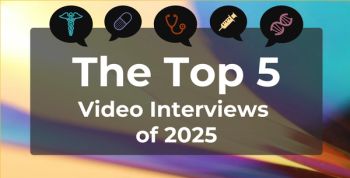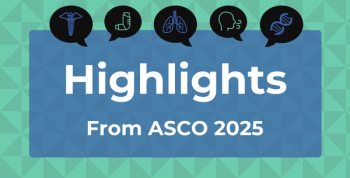
Expanding Access to CGTs Through Innovative Payment Models: Joe DePinto, MBA
Innovative financing and reimbursement models can improve access to cell and gene therapies, addressing cost barriers and improving patient outcomes, said Joe DePinto, MBA, of McKesson.
Innovative financing and reimbursement models, such as annuity payments and value-based outcomes, hold significant promise in overcoming cost-related barriers to cell and gene therapy (CGT) adoption, said Joe DePinto, head of cell, gene, and advanced therapies, McKesson. In addition, policy makers are also exploring initiatives to improve patient access to these high-cost treatments.
Transcript was lightly edited; captions were auto-generated.
Transcript
What innovative financing or reimbursement models could help overcome cost-related barriers to CGT adoption?
At InspiroGene [a business of McKesson dedicated to commercialization of cell and gene therapies], we've done some research in the space, and we published this in our McKesson Cell and Gene Therapy Annual Report last year, and really, clinicians and health care professionals really believe that innovative payment models are a real key to alleviate some of the reimbursement challenges, because it really brings value into the equation. When you have such great science and results, the value to the patients is quite evident.
Those innovative payment models, like annuity payment models, reimbursement that's value-based outcomes-based, or even warranties, are really powerful tools that can help the payer, the provider, as well as the patient, navigate some of the challenges of reimbursement.
What can policy makers do to improve patient access to high-cost CGTs?
I think policy makers have made some strides with CMS and the CMMI [Center for Medicare and Medicaid Innovation] initiative, especially around sickle cell [disease] being launched [the Cell and Gene Therapy Access Model], and just recently reported that there's been some early success in many states opting into that. That could be a good start to see whether or not that can be expanded outside of sickle cell. There are really good examples of tools that can be used in different mechanisms to assure that we're looking at reimbursement in populations, and from sickle cell, it can go to other disease areas.
Newsletter
Stay ahead of policy, cost, and value—subscribe to AJMC for expert insights at the intersection of clinical care and health economics.







































